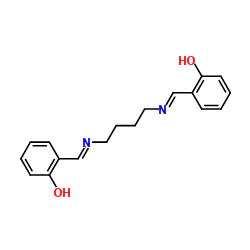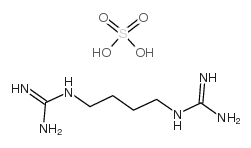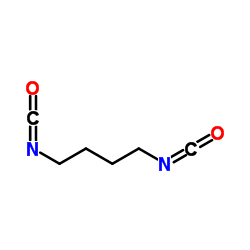110-60-1
| Name | putrescine |
|---|---|
| Synonyms |
1,4-DIAMINOBUTAN
butane-1.4-diamine Tetramethylenediamine 1,4-Butanediamine 1,4-butylenediamine Putrescine, free base Butan-1,4-diamin Butane-1,4-diamine putrescine EINECS 203-782-3 MFCD00008235 1,4-Diaminobutane |
| Description | 1,4-Butanediamine is an indicator of pollution-induced stress in higher plants: barley and rape stressed with Cr(III) or Cr(VI). 1,4-Butanediamine is an important source of GABA. |
|---|---|
| Related Catalog | |
| Target |
Human Endogenous Metabolite |
| In Vitro | 1,4-Butanediamine (Putrescine) is an important source of GABA in the postnatal rat subventricular zone. GABA synthesis from an alternative pathway uses 1,4-Butanediamine as a precursor. |
| References |
| Density | 0.9±0.1 g/cm3 |
|---|---|
| Boiling Point | 159.0±8.0 °C at 760 mmHg |
| Melting Point | 27 °C |
| Molecular Formula | C4H12N2 |
| Molecular Weight | 88.151 |
| Flash Point | 51.7±0.0 °C |
| Exact Mass | 88.100044 |
| PSA | 52.04000 |
| LogP | -0.72 |
| Vapour Pressure | 2.6±0.3 mmHg at 25°C |
| Index of Refraction | 1.455 |
| Stability | Stable. Incompatible with acids, acid chlorides, acid anhydrides, strong oxidizing agents. Flammable. |
| Water Solubility | cell culture medium: 0.16 mg/mL |
CHEMICAL IDENTIFICATION
HEALTH HAZARD DATAACUTE TOXICITY DATA
MUTATION DATA
|
| Symbol |



GHS02, GHS05, GHS06 |
|---|---|
| Signal Word | Danger |
| Hazard Statements | H226-H302-H311-H314-H330 |
| Precautionary Statements | P210-P280-P303 + P361 + P353-P304 + P340 + P310-P305 + P351 + P338-P370 + P378 |
| Personal Protective Equipment | Eyeshields;Faceshields;full-face particle respirator type N100 (US);Gloves;respirator cartridge type N100 (US);type P1 (EN143) respirator filter;type P3 (EN 143) respirator cartridges |
| Hazard Codes | C:Corrosive |
| Risk Phrases | R20/21/22;R34 |
| Safety Phrases | S16-S26-S36/37/39-S45 |
| RIDADR | UN 2928 6.1/PG 2 |
| WGK Germany | 3 |
| RTECS | EJ6800000 |
| Packaging Group | II |
| Hazard Class | 8 |
| HS Code | 2921290000 |
| Precursor 9 | |
|---|---|
| DownStream 10 | |
| HS Code | 2921290000 |
|---|---|
| Summary | 2921290000 other acyclic polyamines and their derivatives; salts thereof。Supervision conditions:None。VAT:17.0%。Tax rebate rate:9.0%。MFN tariff:6.5%。General tariff:30.0% |


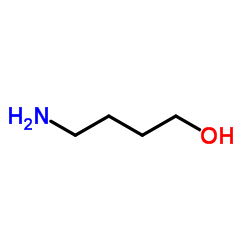

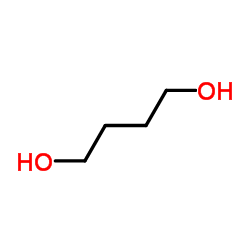

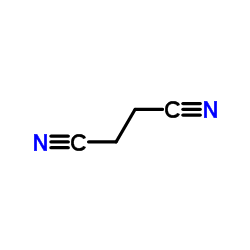
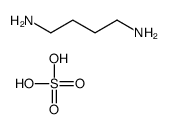
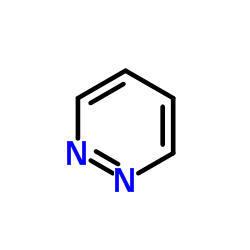


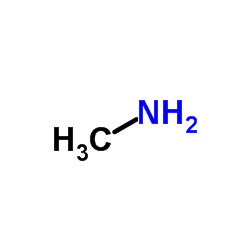
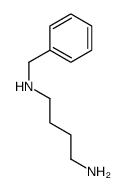
![N-[4-(benzoylcarbamothioylamino)butylcarbamothioyl]benzamide structure](https://image.chemsrc.com/caspic/007/111416-65-0.png)

